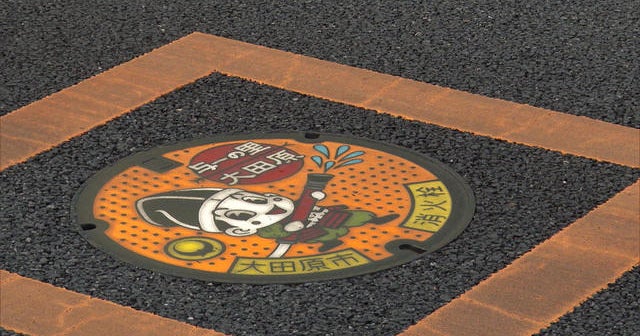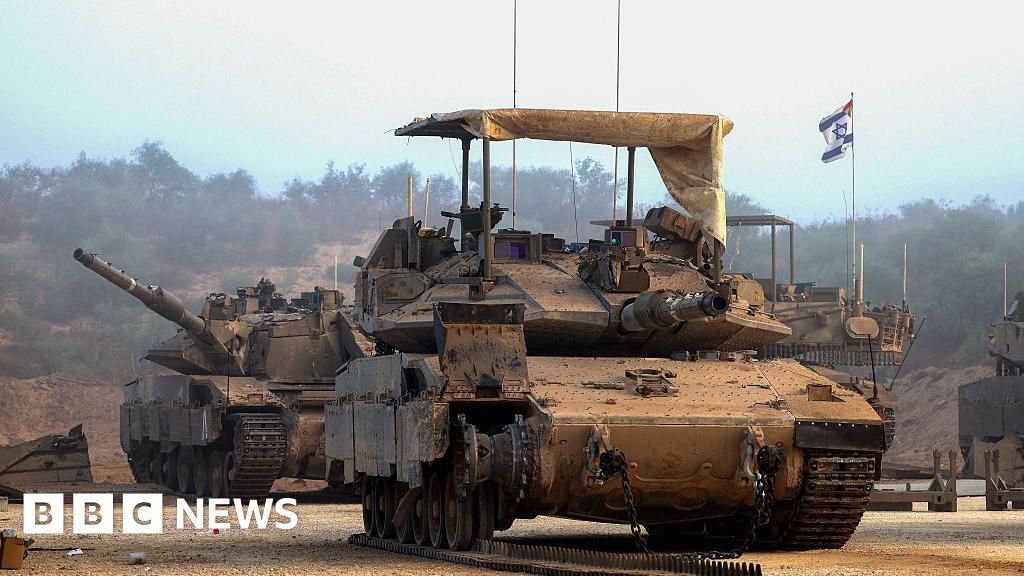Time was, the Soviet Union fairly owned Venus. From 1961 to 1983, the U.S.’s old space race rival launched 16 probes, Venera 1 through Venera 16, that either flew by, orbited, or landed on Venus—with three of them failing en route. It’s been decades since the Russians bothered with Venus, but this week, an artifact from that long-ago space program may very well bother us: Sometime between May 9 and May 11, an 1,100-lb Venus spacecraft known as Kosmos 482, which has been stuck in Earth orbit since 1972, will come crashing back to the ground, potentially threatening anyone on Earth living between 52° North and 52° South of the equator—which covers the overwhelming share of us. Here’s what you need to know.
Kosmos 482 was originally intended to be known as Venera 9. It was launched on March 31, 1972, just four days after its sister probe, Venera 8. That ship had a brief but glorious life. It arrived at Venus on July 22, 1972, spent close to an hour descending through the atmosphere, and landed at 6:24 a.m. local Venus time. (Local time on another world is calculated the same way it is on Earth—by measuring the angle of the sun relative to the meridians, or lines of longitude.)
Once on the ground, Venera 8 lived for only 63 minutes, which is about what was expected given Venus’s hellish conditions. The atmospheric pressure is 93 times greater than it is on Earth, with a sea level pressure of 1,350 pounds per square inch (psi) compared to just 14.7 psi here. The air is mostly carbon dioxide, which, together with Venus's greater proximity to the sun, means an average temperature 860°F—or more than 200 degrees hotter than the melting point of lead.
That was the future that awaited Venera 9 too, but things didn’t work out for what turned out to be a snakebit ship. After reaching Earth orbit, it fired its engine to enter what is known as a Venus transfer trajectory; that engine burn went awry, however, either cutting off too soon or not reaching a sufficient thrust to send the spacecraft on its way. Instead, it remained in an elliptical Earth orbit, with an apogee, or high point, of 560 miles, and a perigee, or low point, of 130 miles. There it has remained for the past 53 years. For its pains, Venera 9 lost not only its mission but its name. Abiding by Soviet-era nomenclature rules, spacecraft that remain in orbit around the Earth are dubbed Kosmos, followed by a number—in this case, Kosmos 482.
In 2022, Marco Langbroek, a Dutch archaeologist who toggled over to sky watching mid-career and now lectures on space situational awareness at The Netherlands’ Delft Technical University, completed a round of tracking Kosmos 482's orbit. In The Space Review, he wrote that the object would reenter Earth’s atmosphere sometime in 2025 or 2026, due to the steady accumulation of drag by the atmosphere’s upper reaches. Further tracking of the spacecraft’s trajectory—by Langbroek, NASA, and the nonprofit Aerospace Corporation—now predicts the reentry will occur on May 10, at 12:42 a.m., plus or minus 19 hours.
“The reentry is an uncontrolled reentry,” Langbroek wrote on his website on April 24. “It likely will be a hard impact. I doubt the parachute deployment system will still work after 53 years and with dead batteries.”

Ordinarily, even a spacecraft as big as Kosmos 482 would not pose much danger to people on the ground. The same atmospheric friction that causes most meteors to burn up before they reach the surface disposes of errant satellites the same way. It is mostly far larger objects, like the U.S.’s Skylab space station—which reentered in July, 1979, scattering debris across the Australian outback—that cause concern. But Kosmos 482 is different; it was intentionally designed to withstand Venus’s pressure-cooker atmosphere, and even colliding with our own atmosphere at orbital speeds of 17,500 miles per hour, it could at least partly survive its plunge.
“The risks involved are not particularly high, but not zero,” Langbroek writes. “With a mass of just under 500 kg and 1-meter size, risks are somewhat similar to that of a meteorite impact.”
All of the land masses in Earth’s southern hemisphere are within the reentry footprint, along with the large majority of the north. Most of Russia, the U.K. the Balkans, Scandinavia, Canada, and Alaska are among the few places out of harm’s way.
Still, nobody is recommending calling the pets inside and crouching in fallout shelters. More than 70% of the Earth’s surface is water, meaning a 70% chance of a splashdown as opposed to a hard landing. What’s more, the landmasses in the reentry zone include largely unpopulated areas like the Sahara, Atacama, and Australian deserts.
It would, of course, be best if Kosmos 482 disintegrates entirely on reentry, but space sentimentalists are hoping that at least a bit of it survives. Venera probes, like all of the Soviet spacecraft sent to the moon and the planets, carried along with them small memorial coins, medals and titanium pennants—embossed with the hammer and sickle, the likeness of Lenin, the Earth, and more. Kosmos 482 will return to a world very different from the one it left—with the Soviet Union itself consigned to history. This week, after more than half a century, a bit of commemorative metal just may survive the empire that sent it aloft.

 4 weeks ago
19
4 weeks ago
19










 English (US) ·
English (US) ·